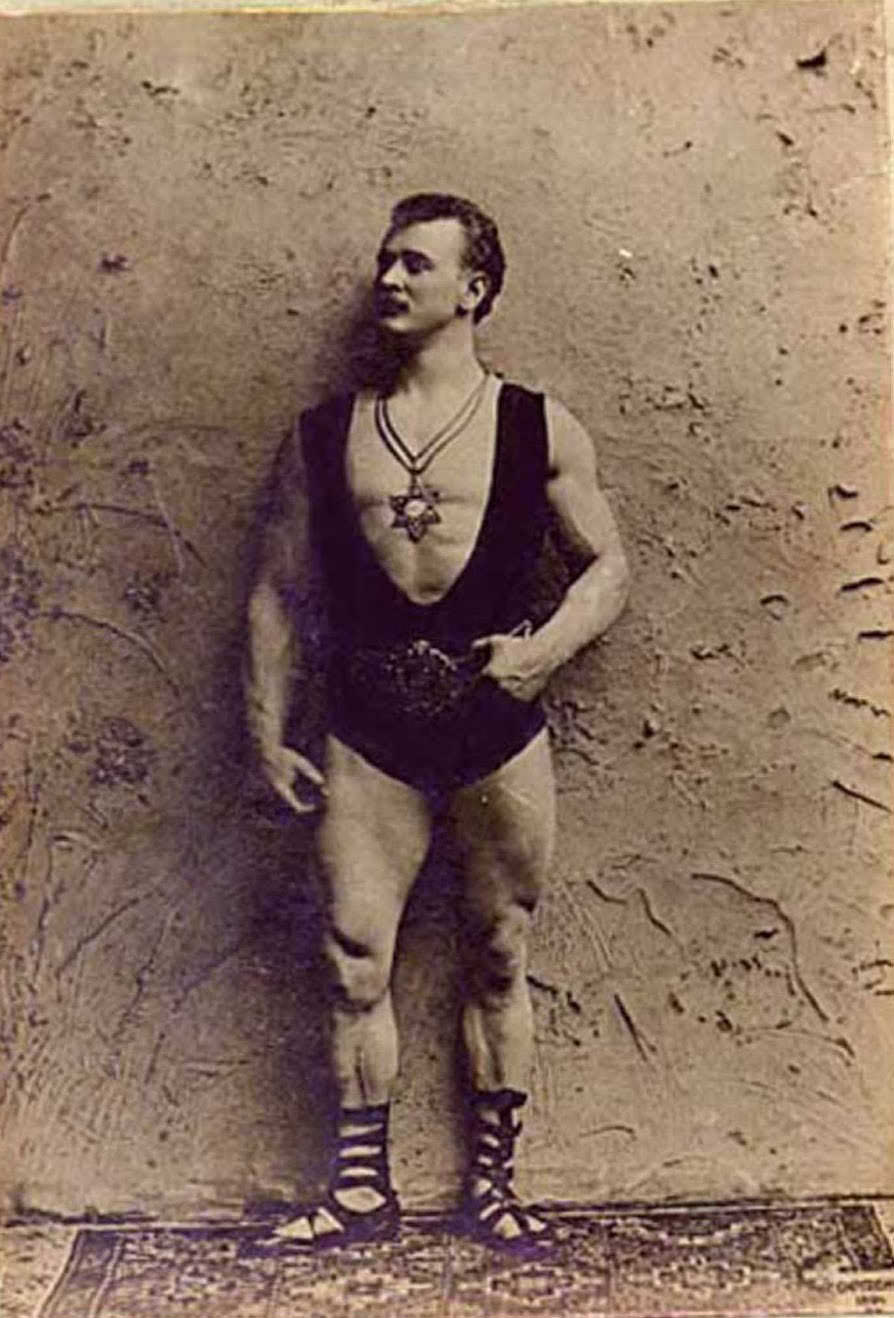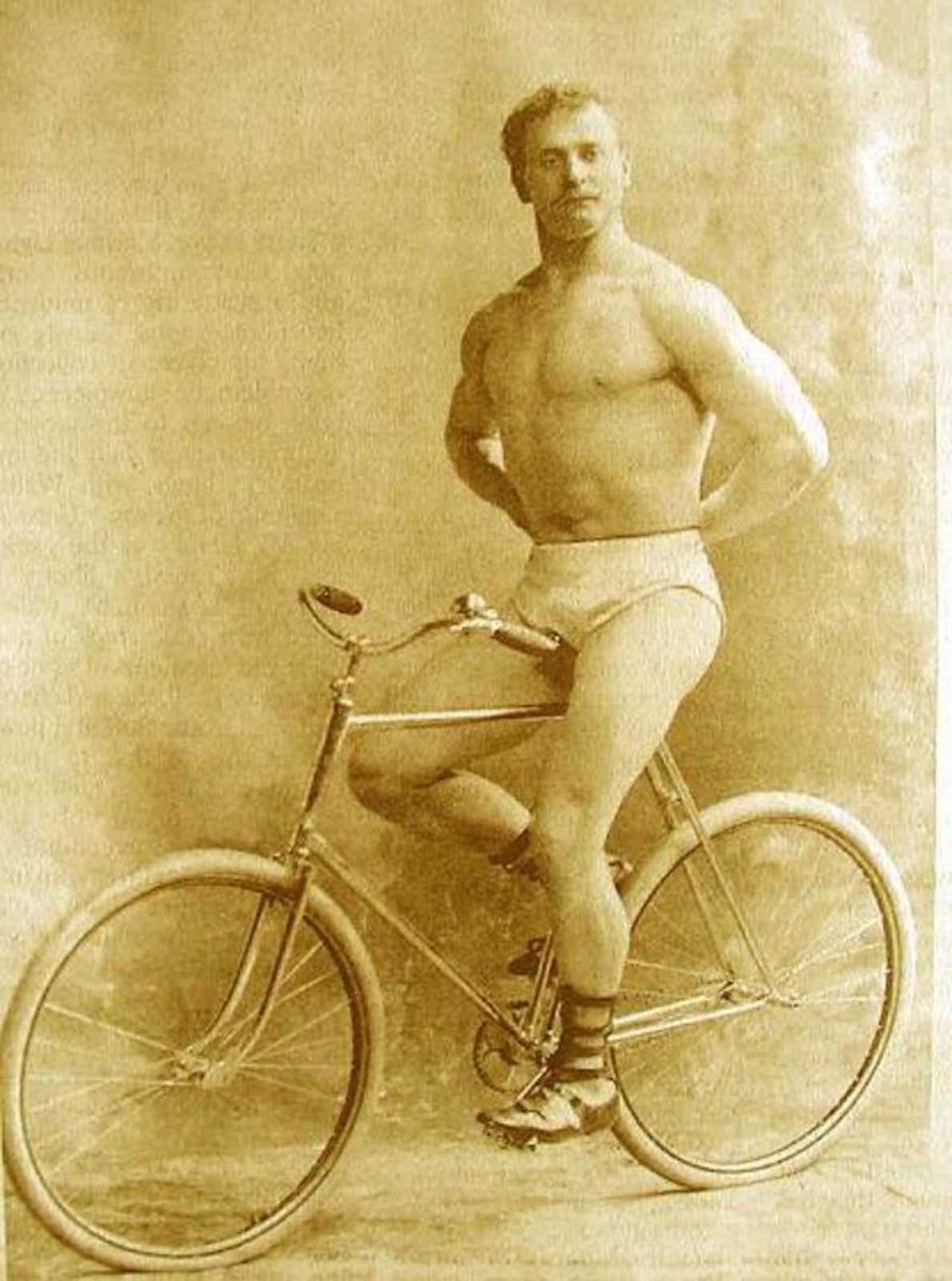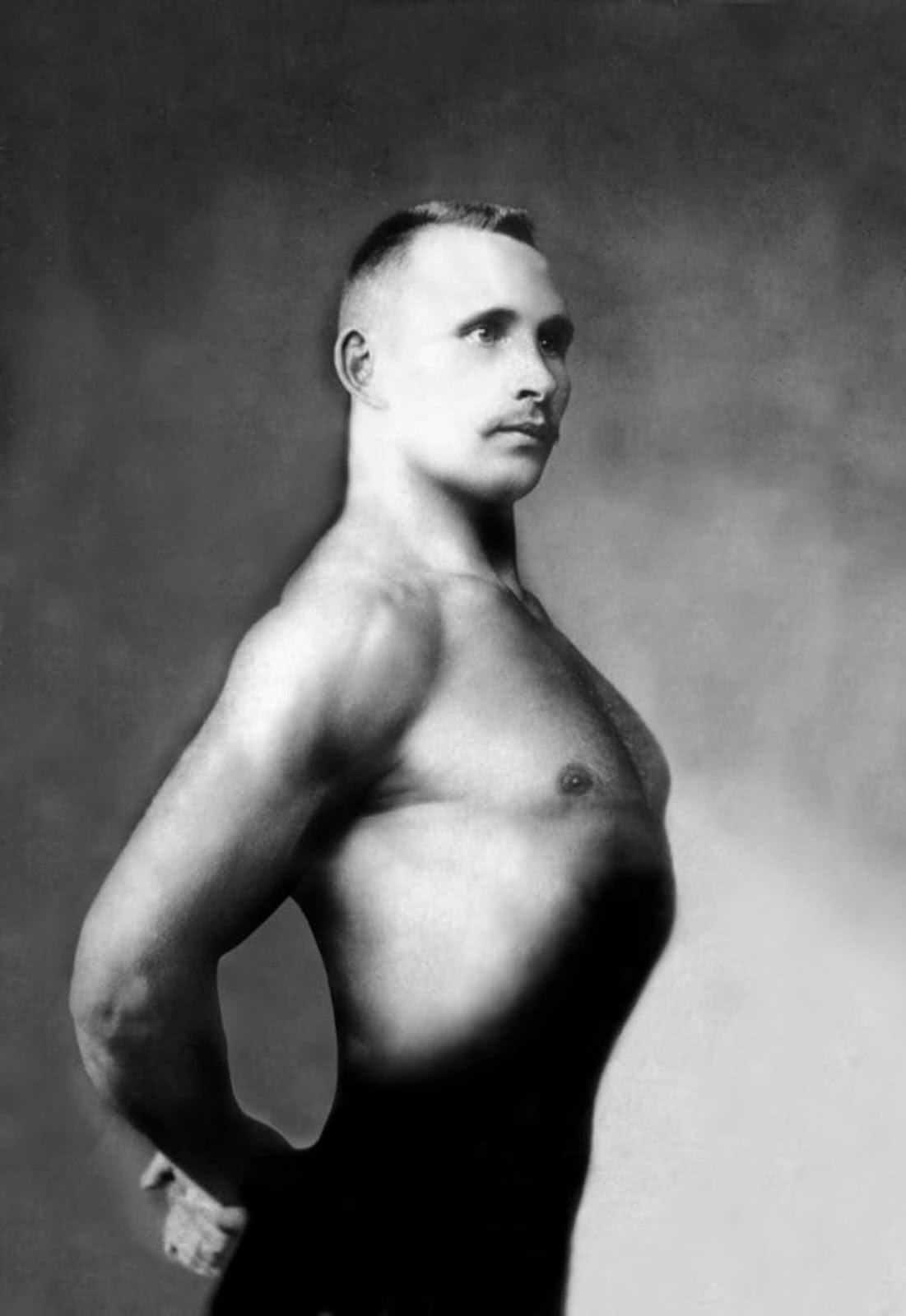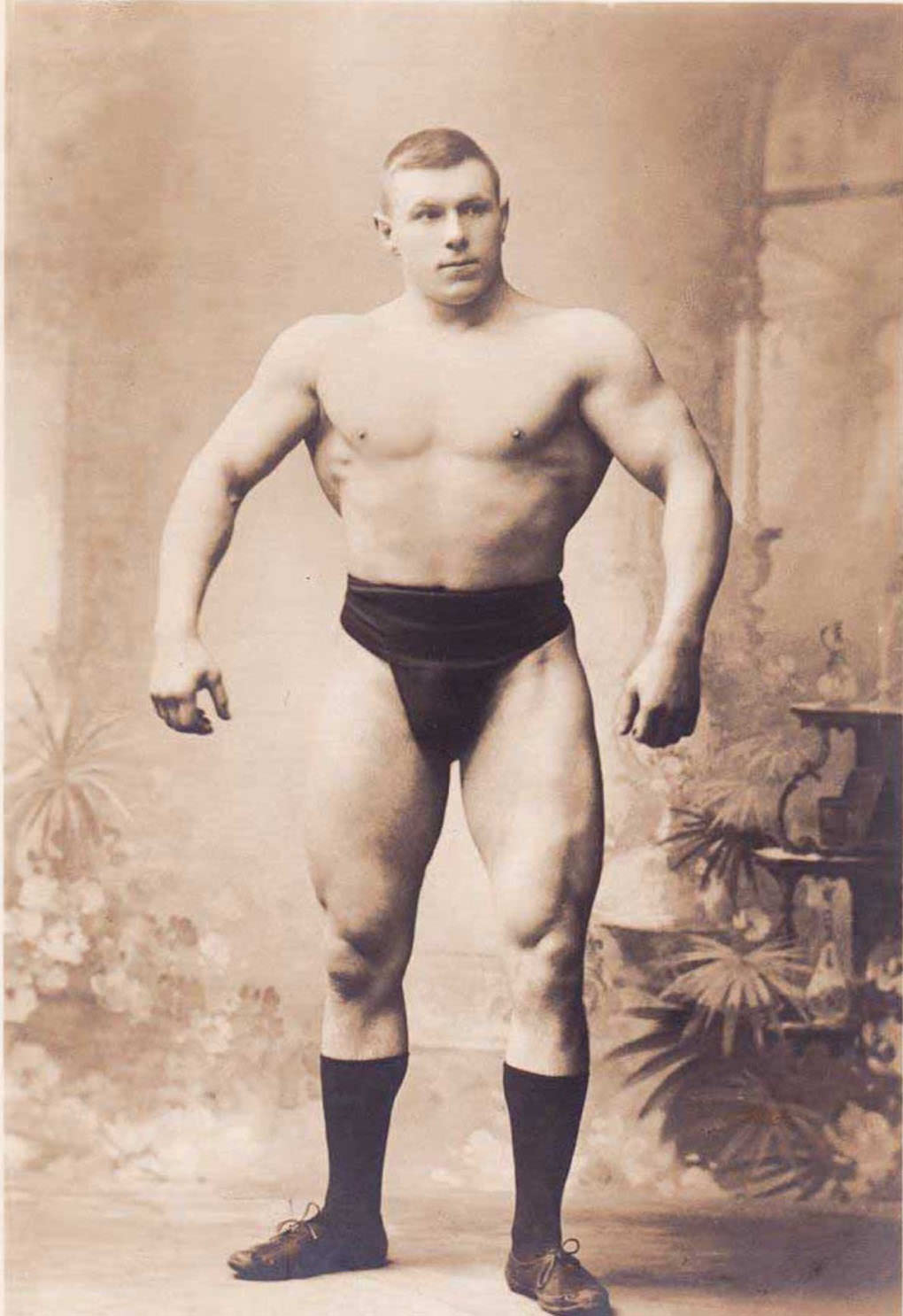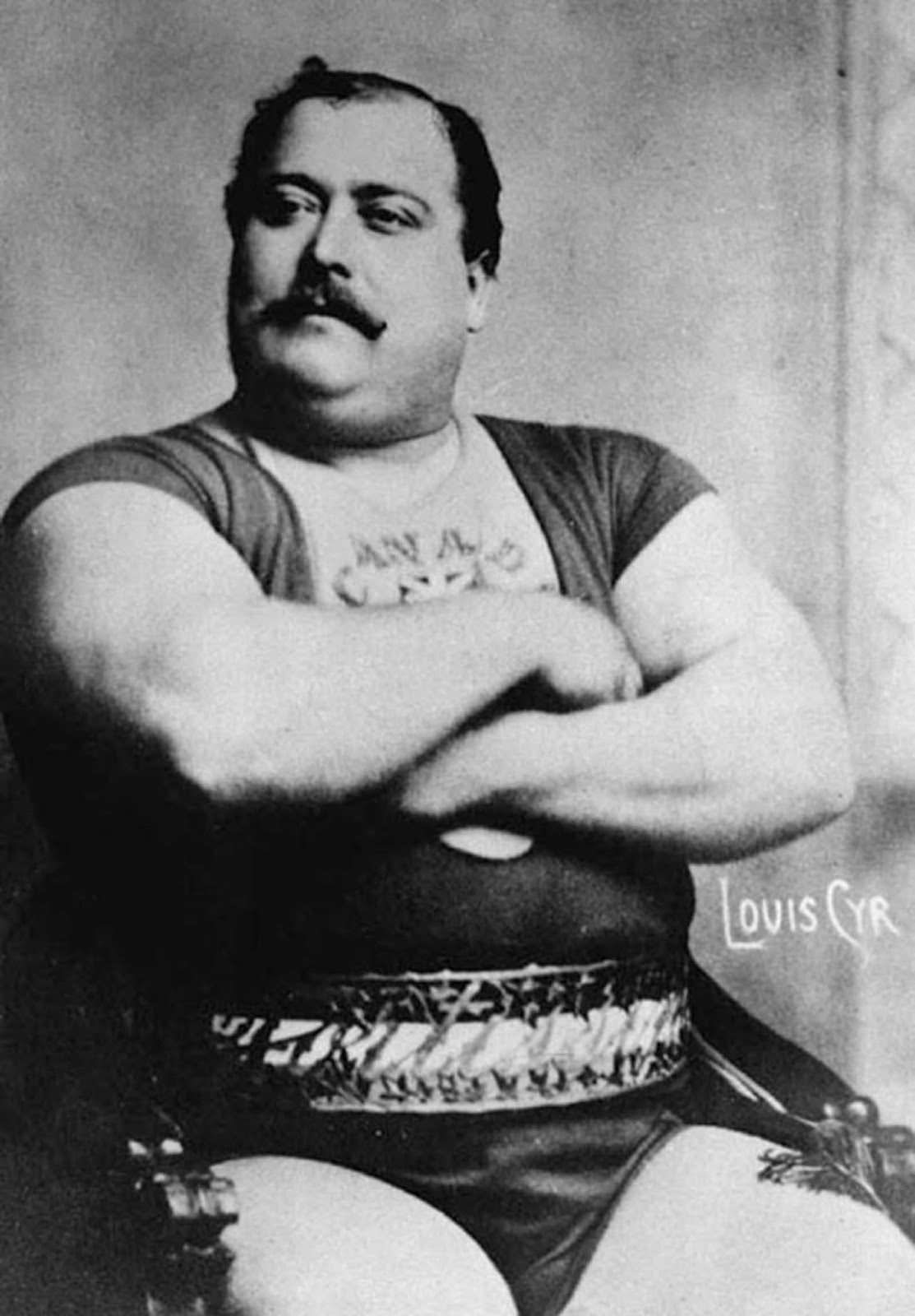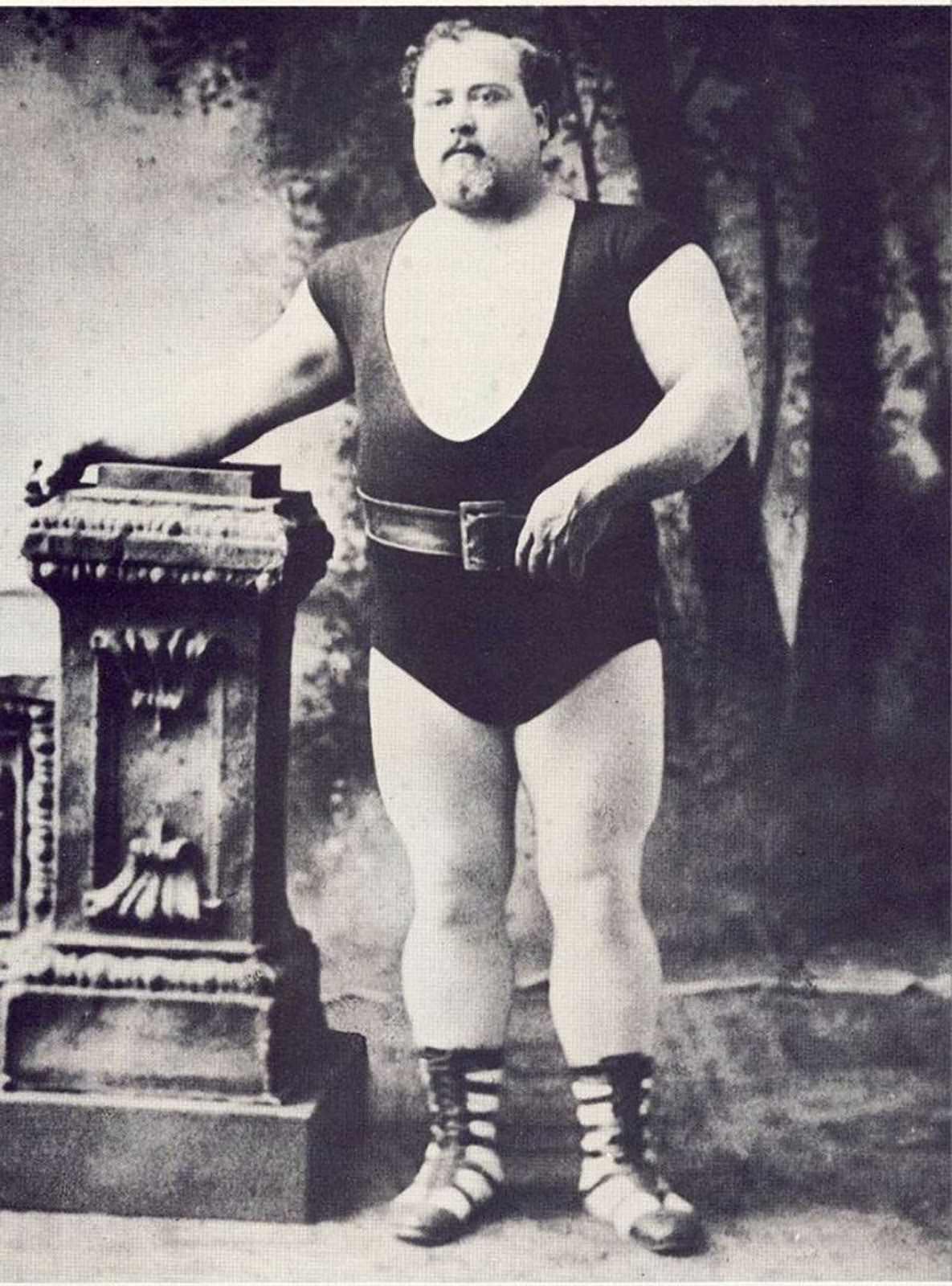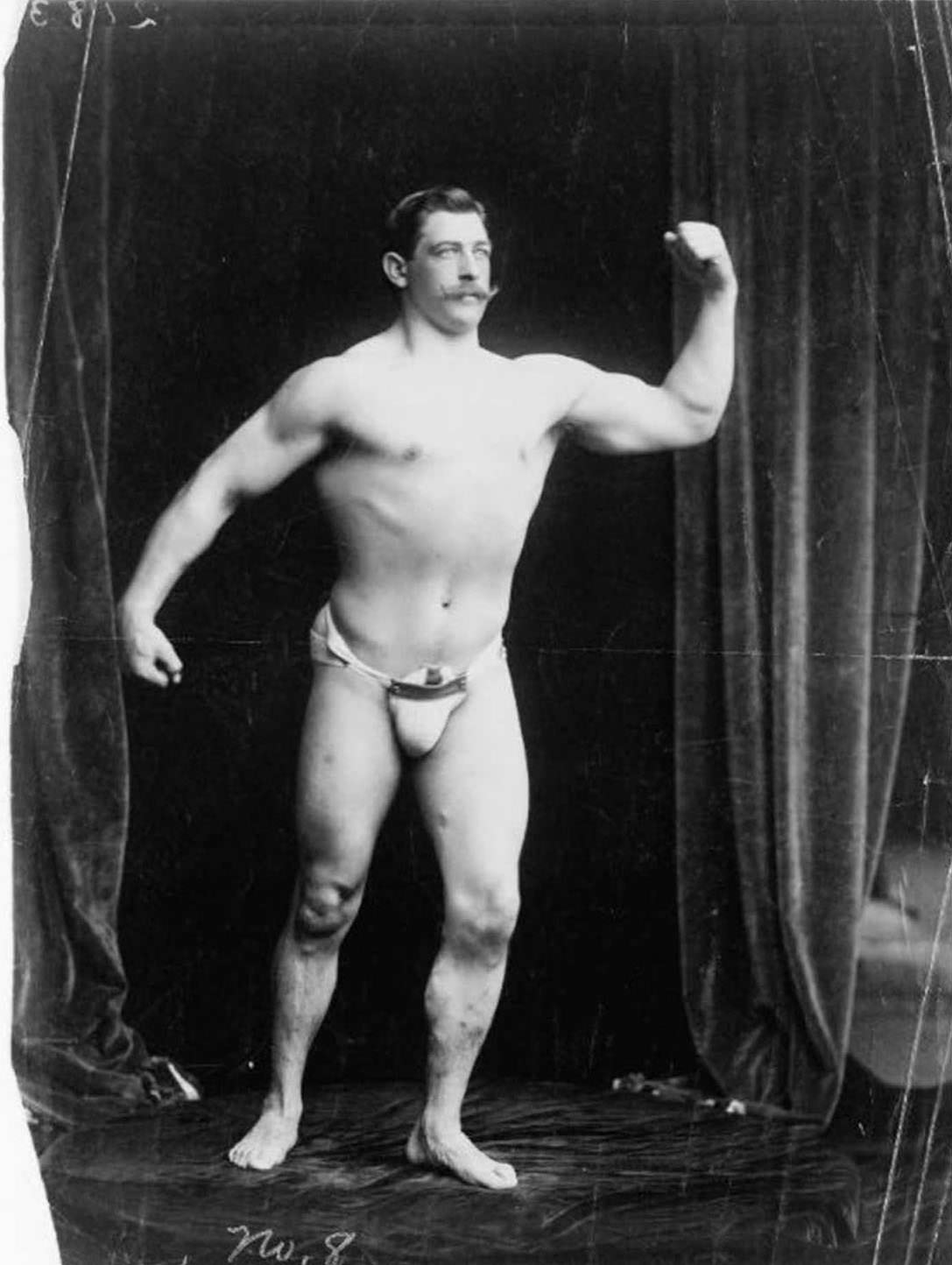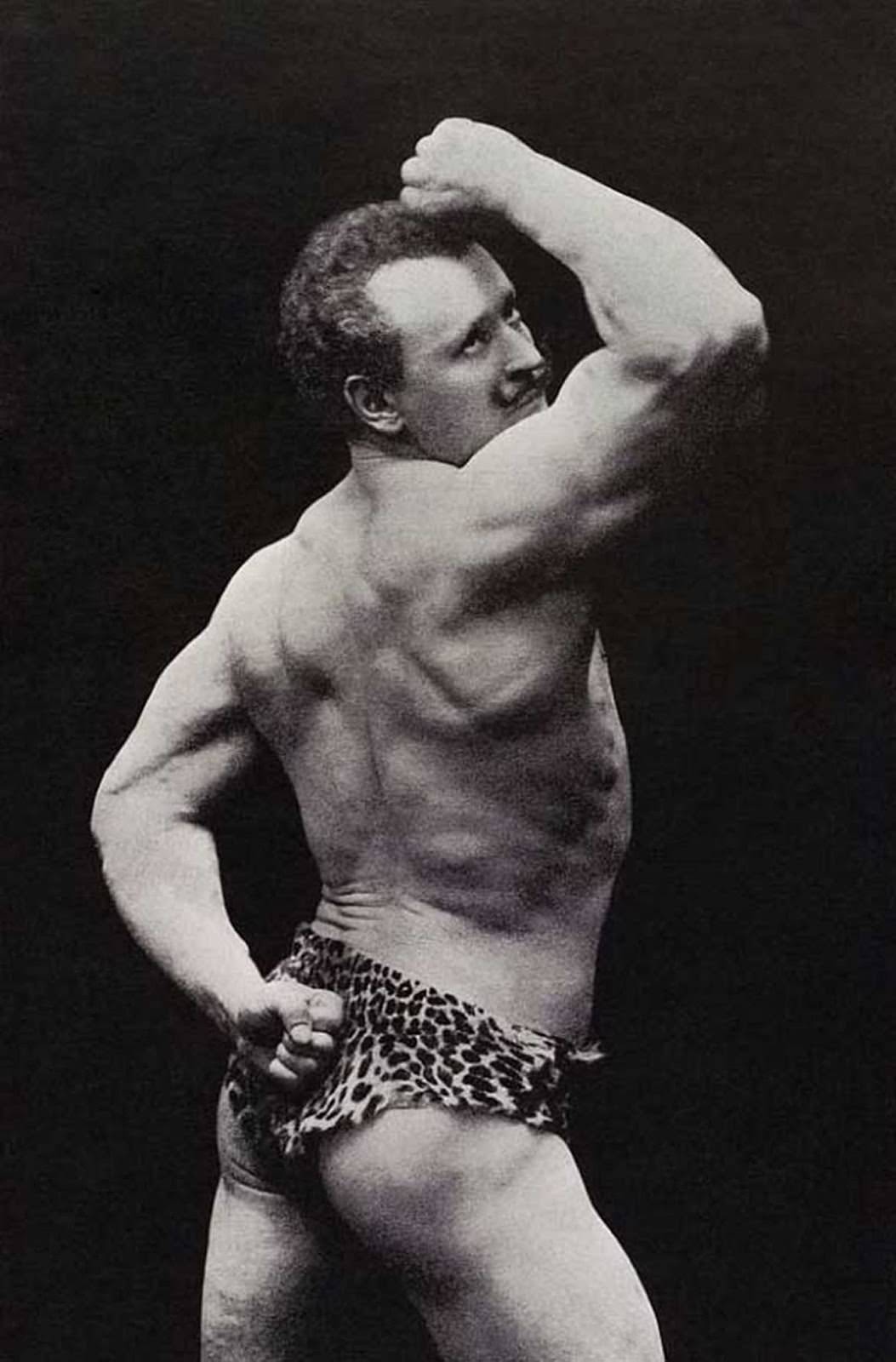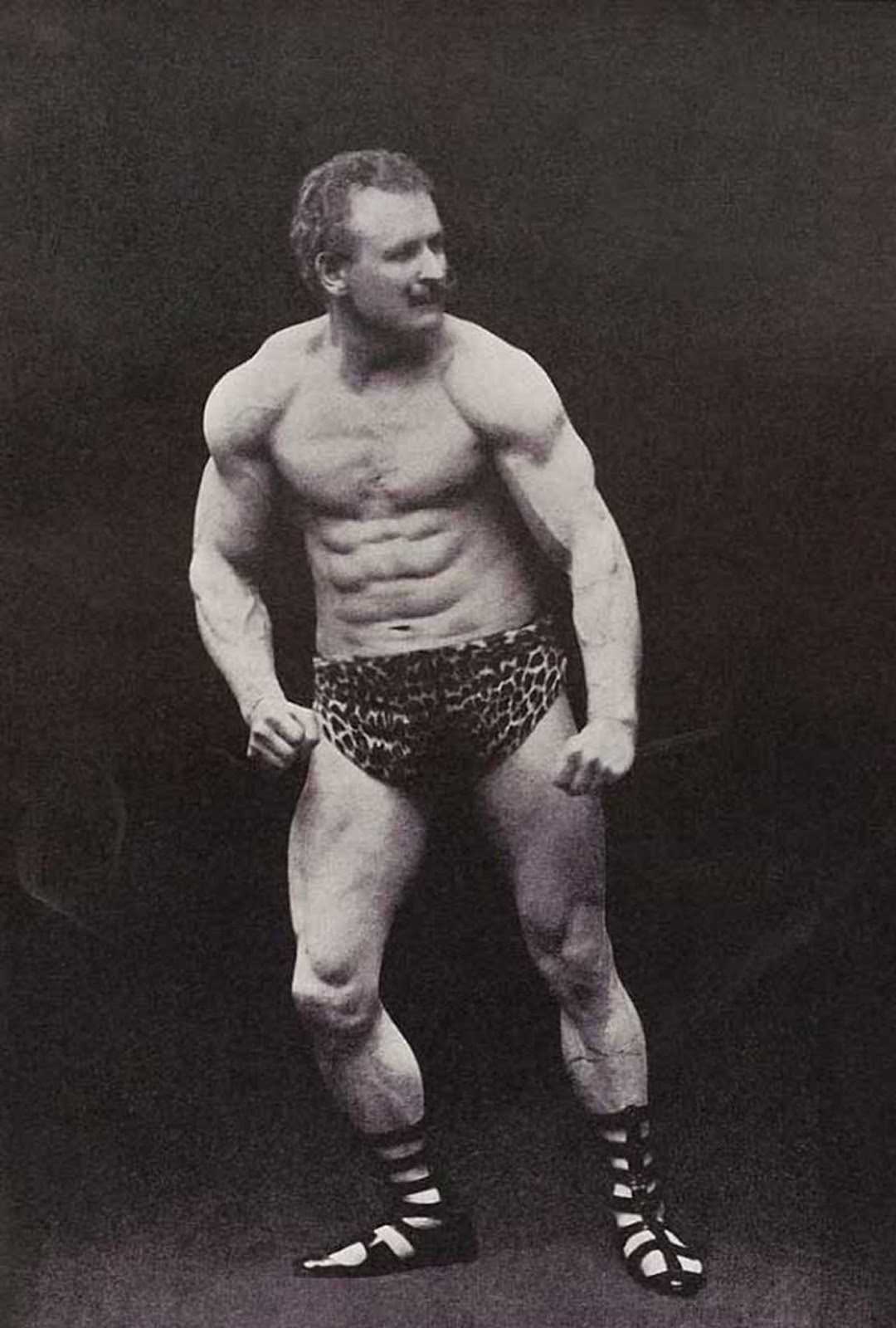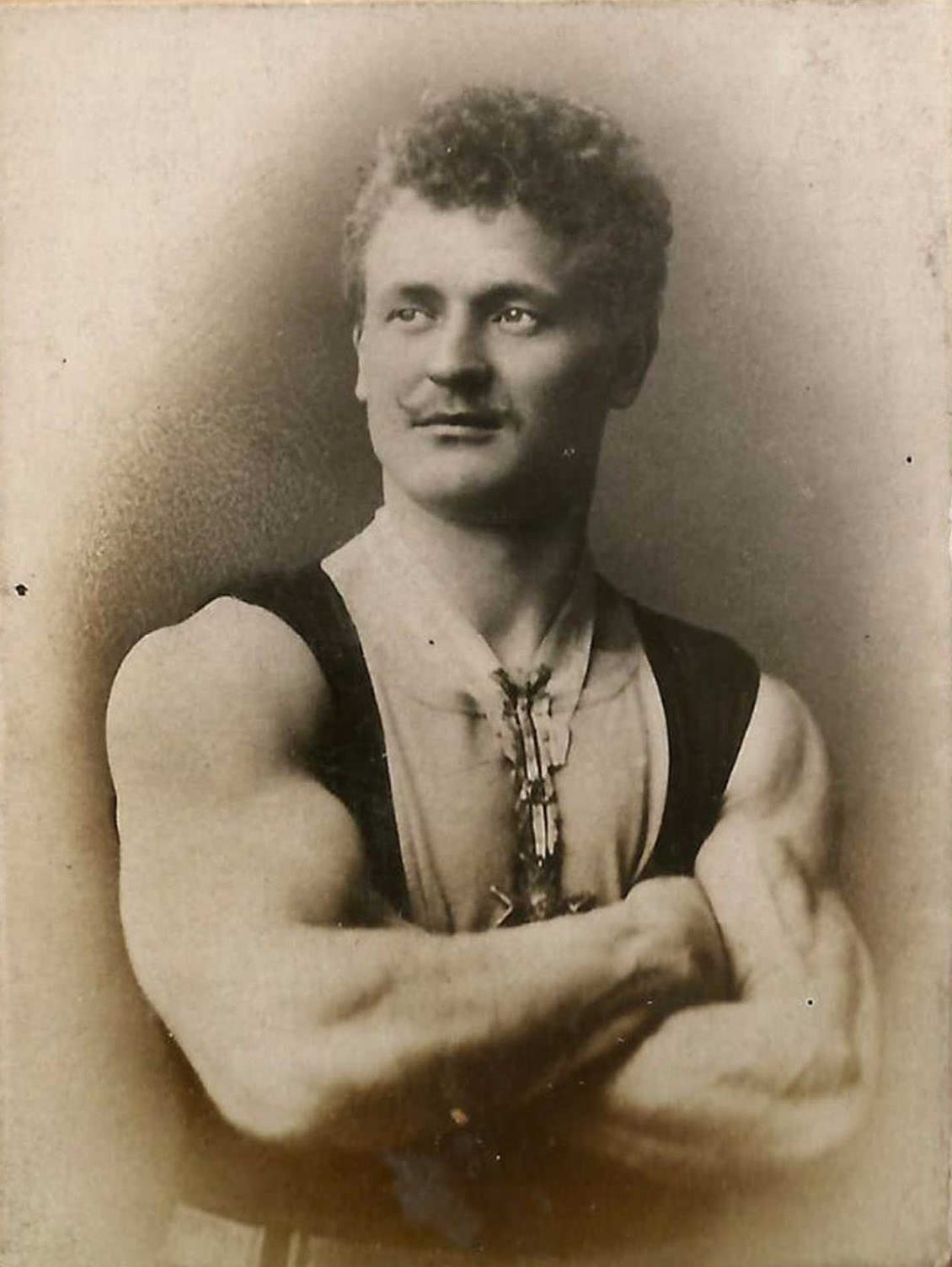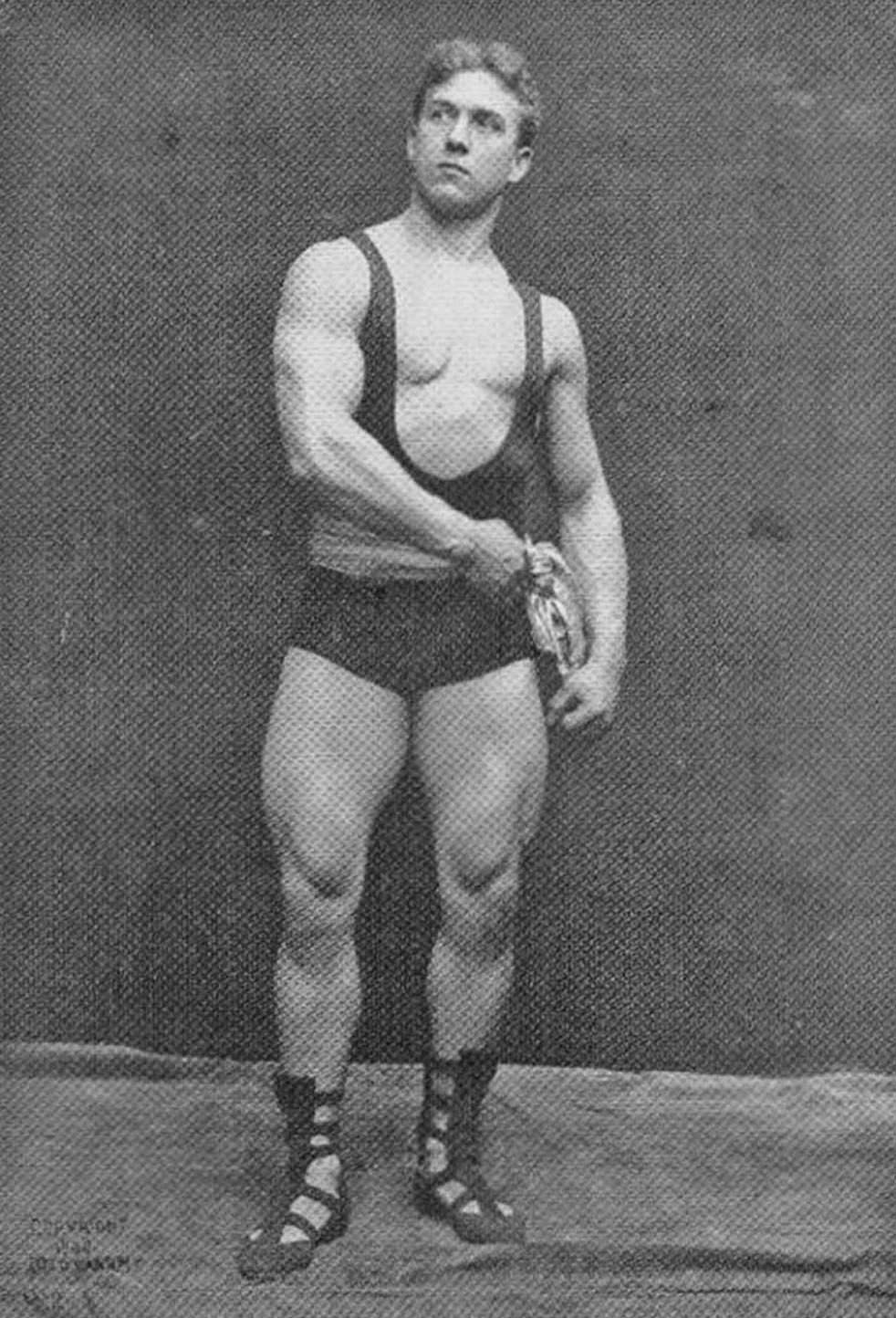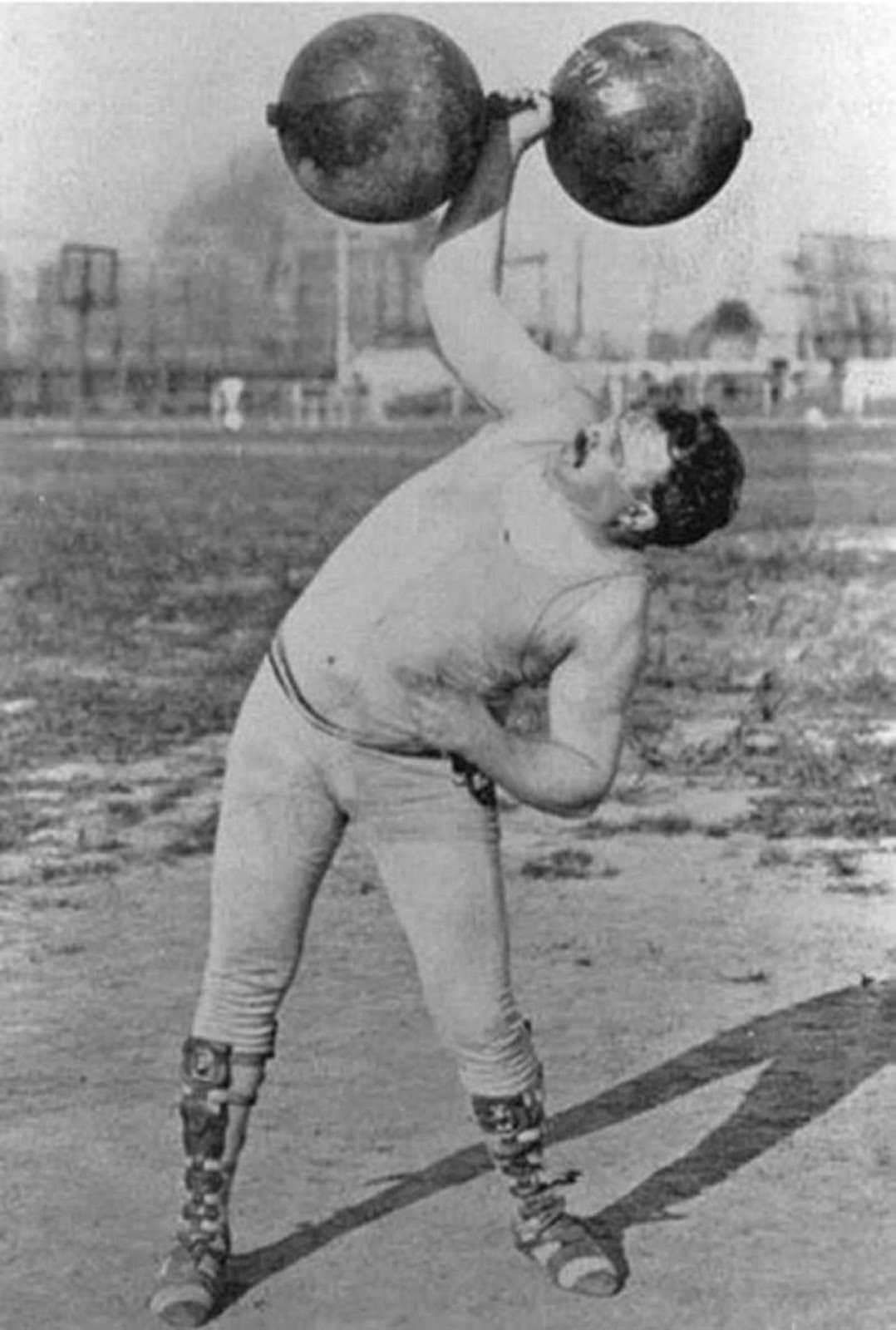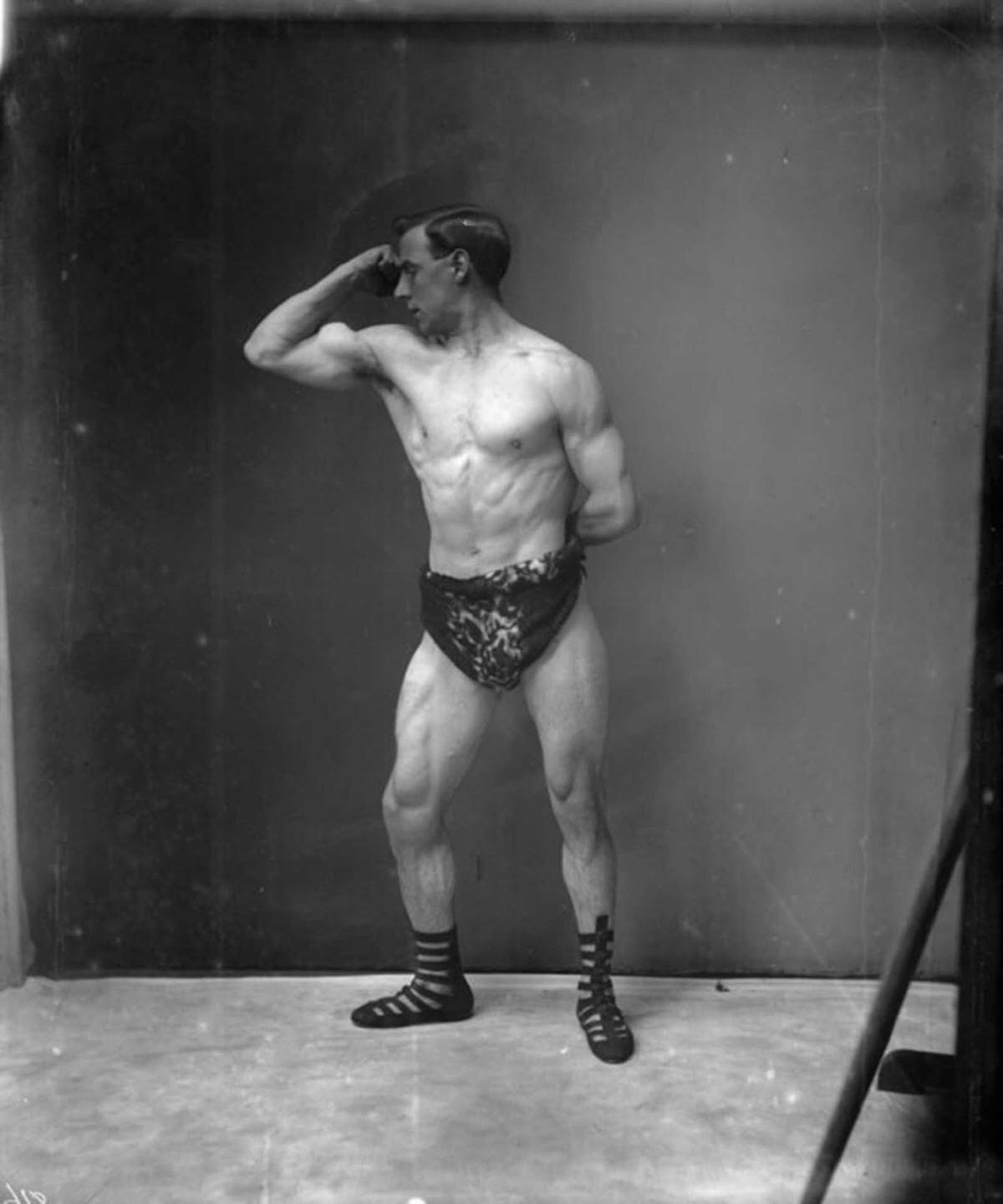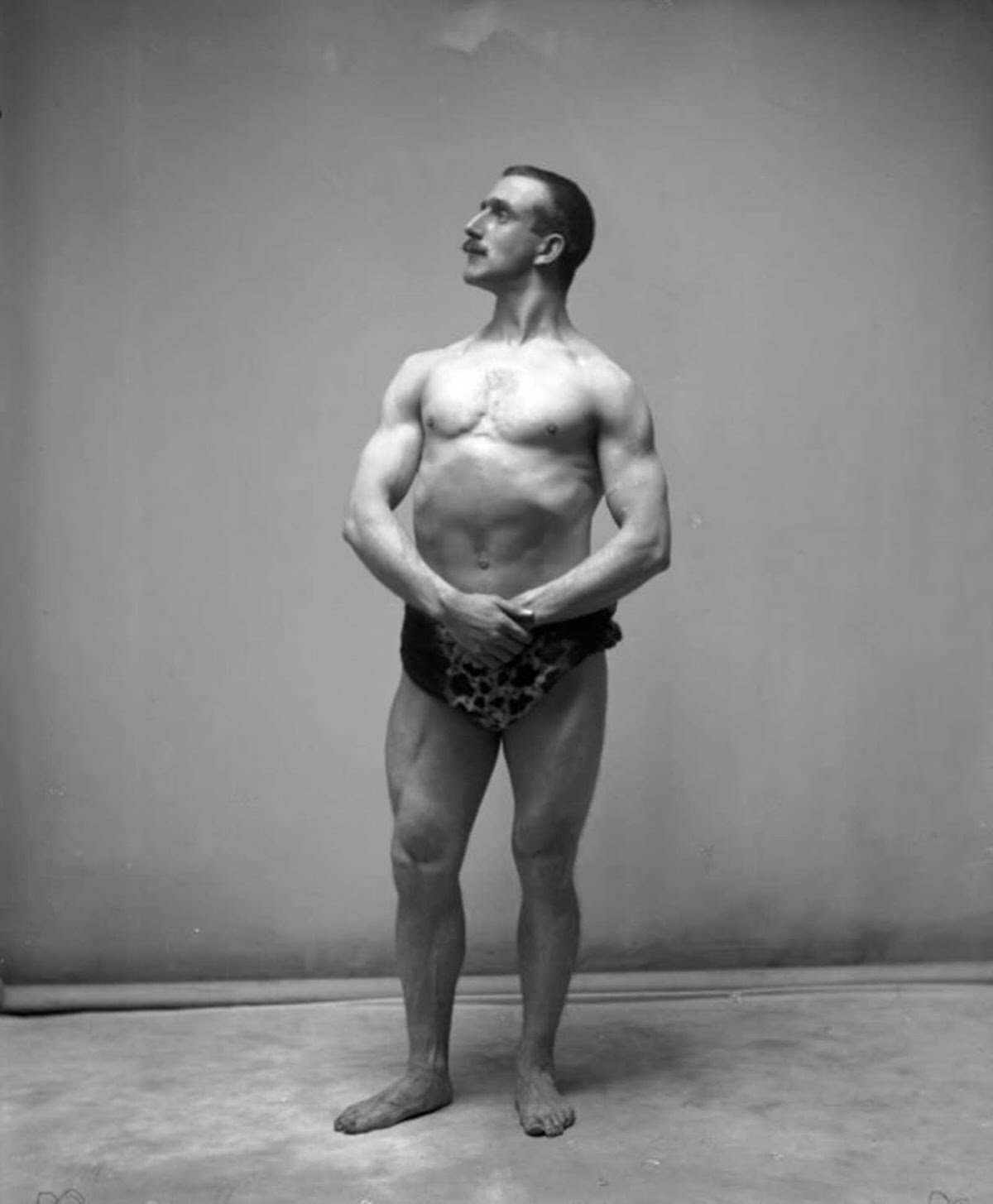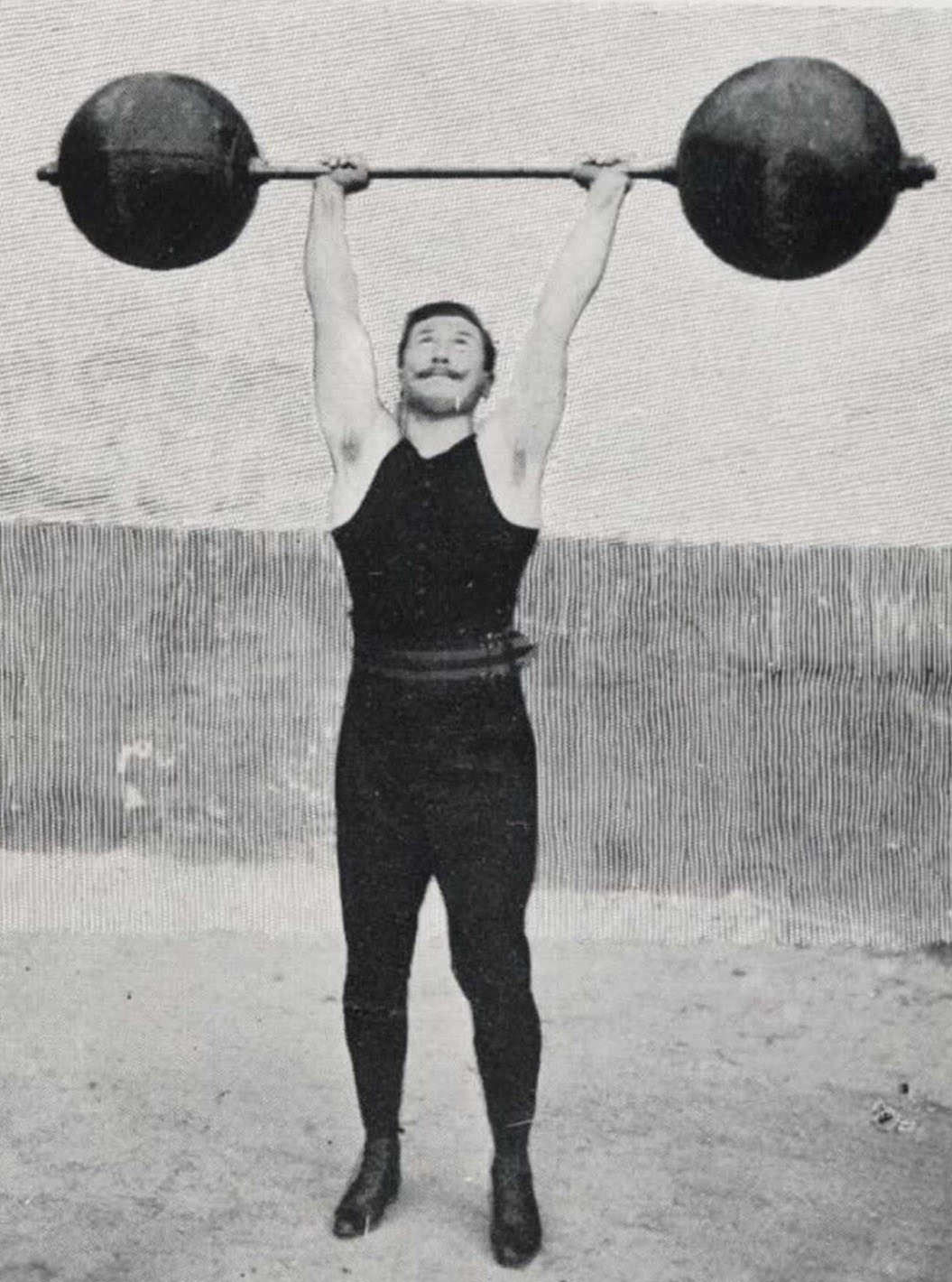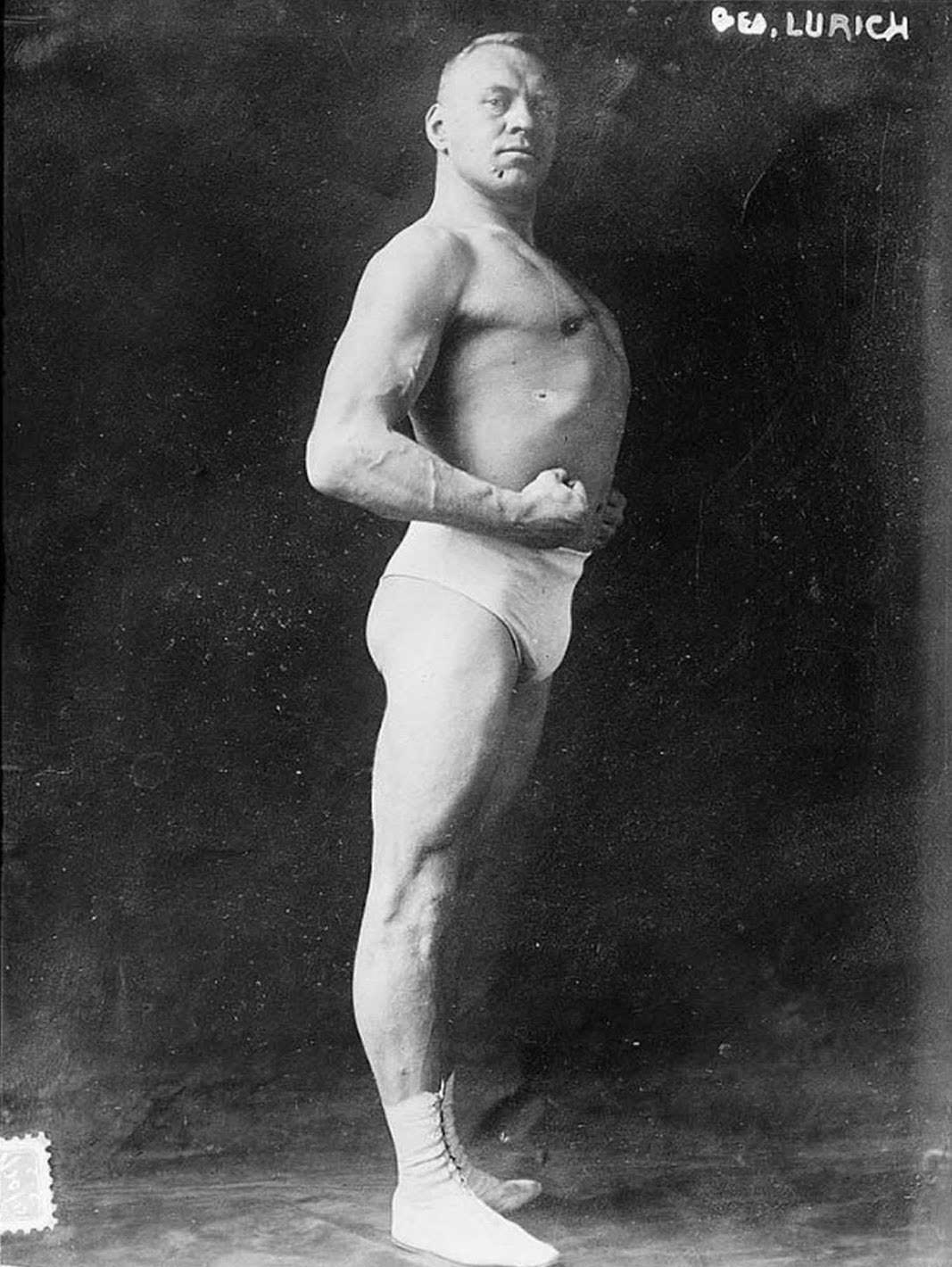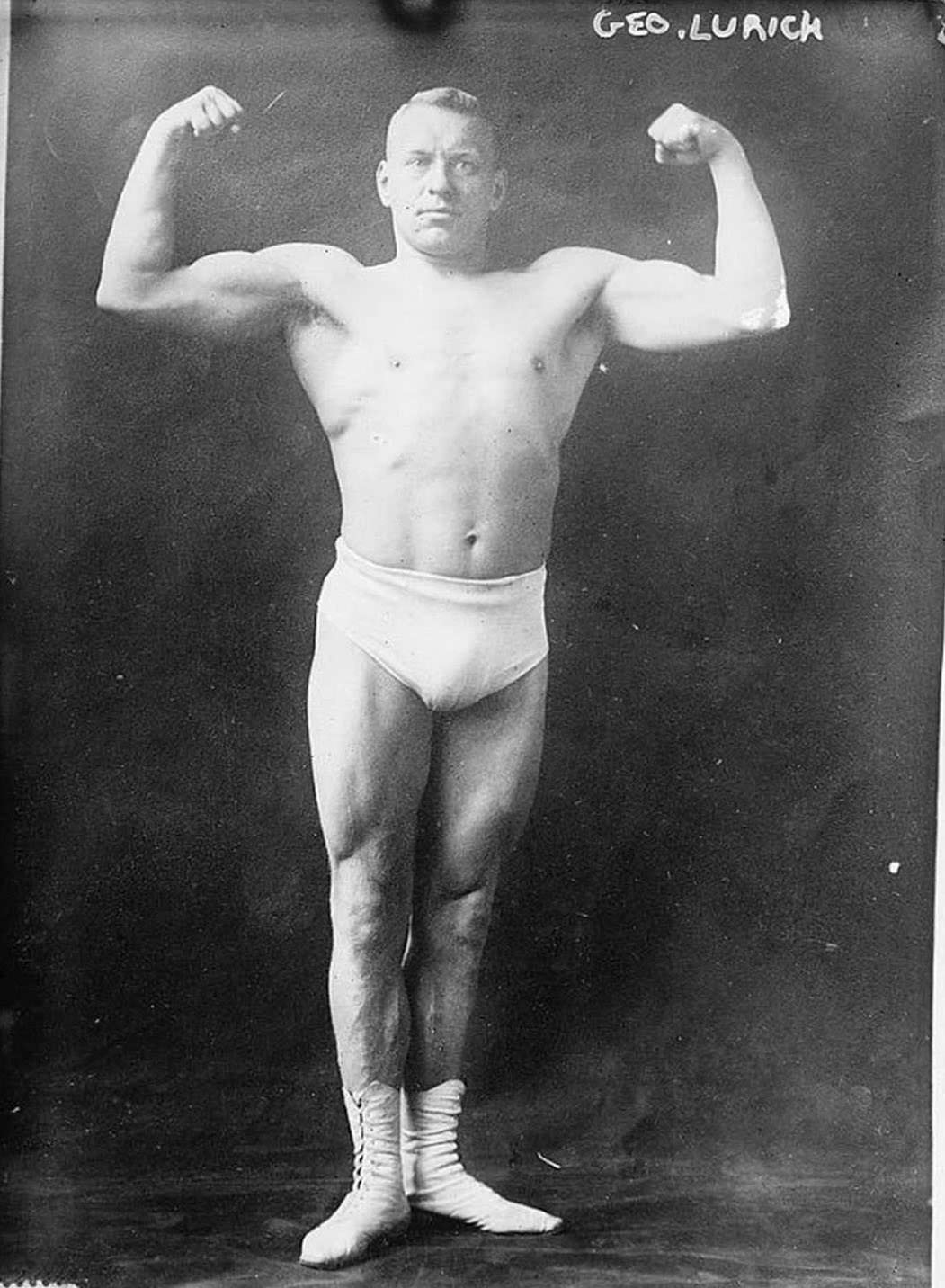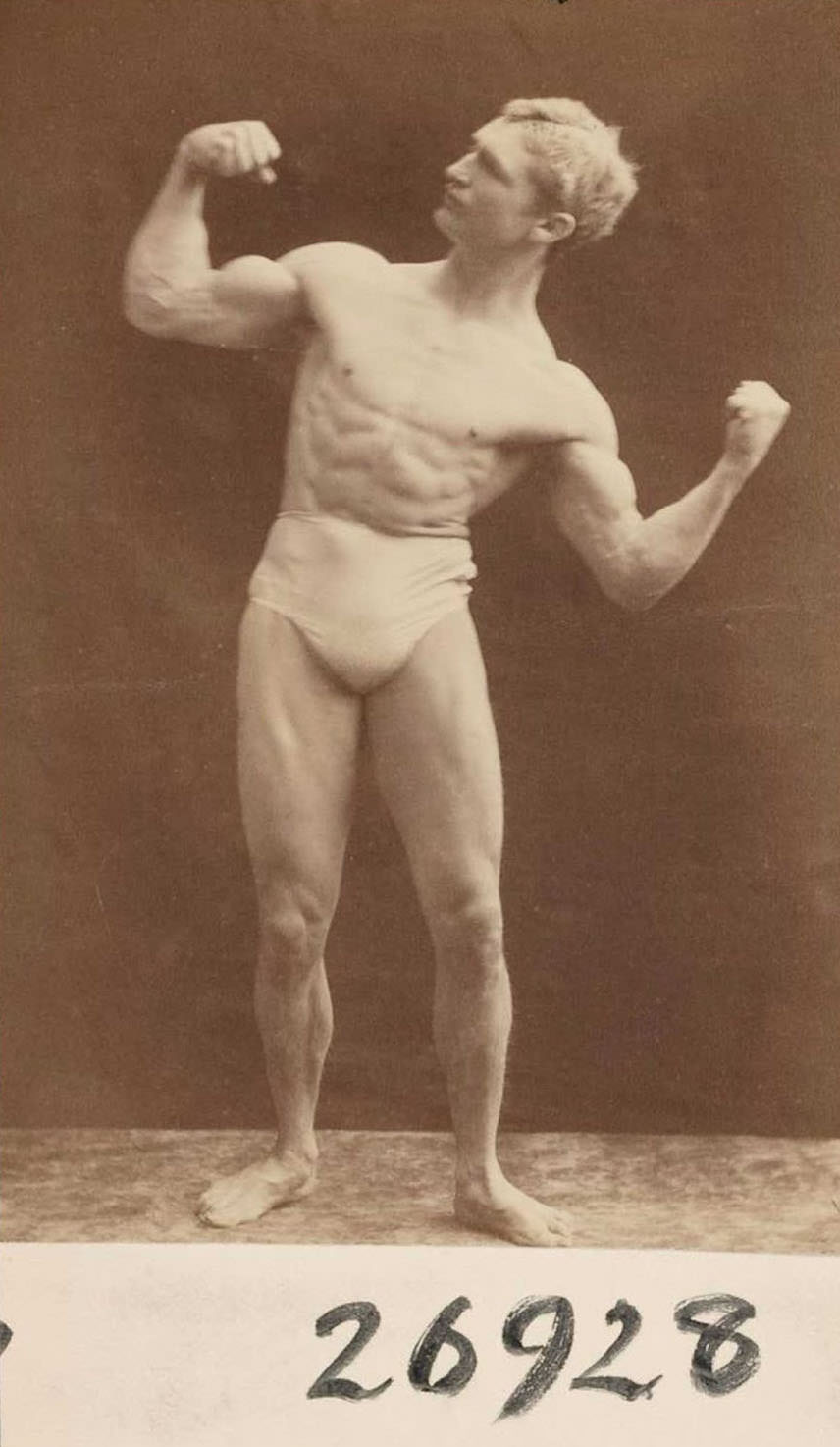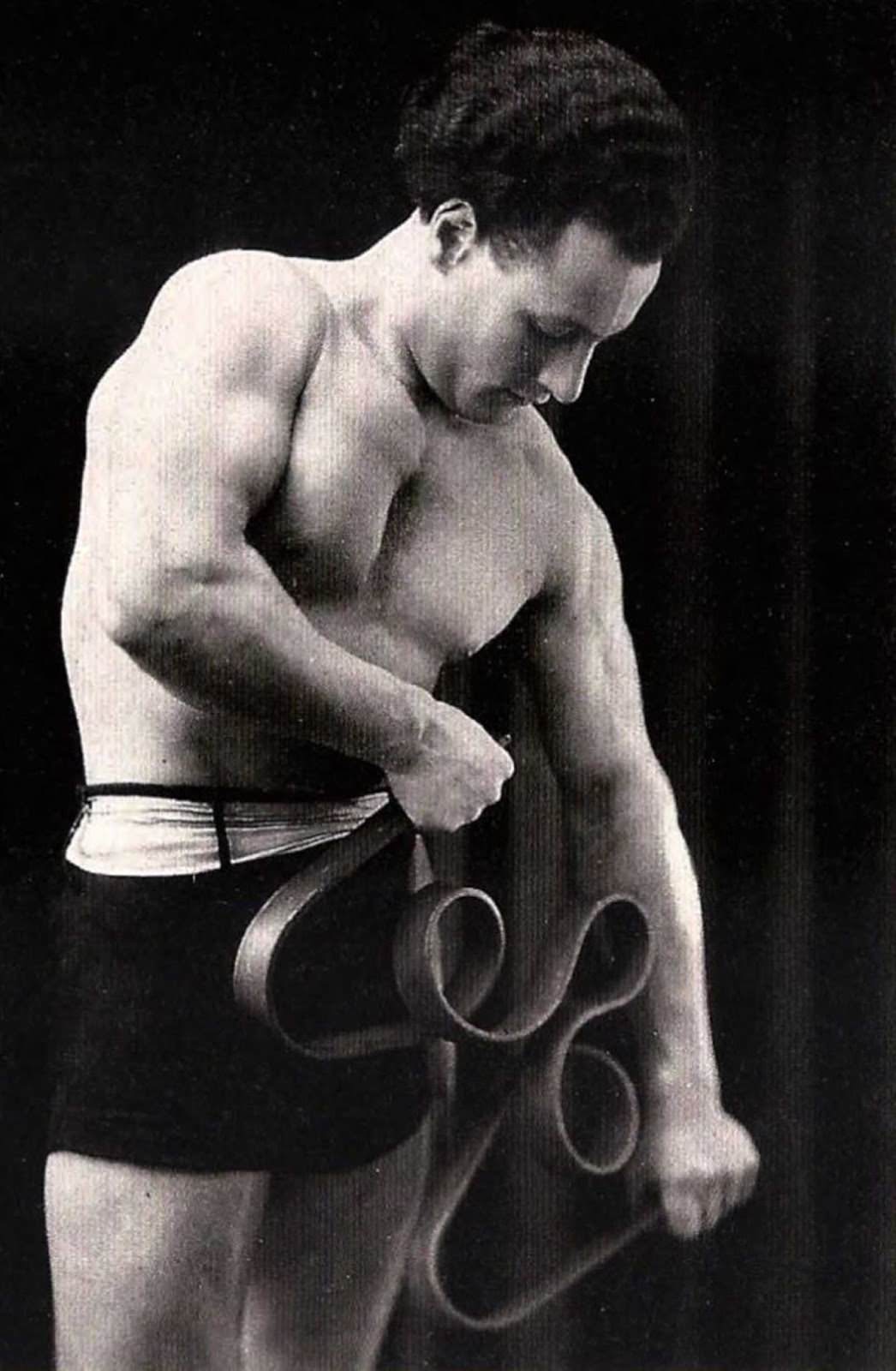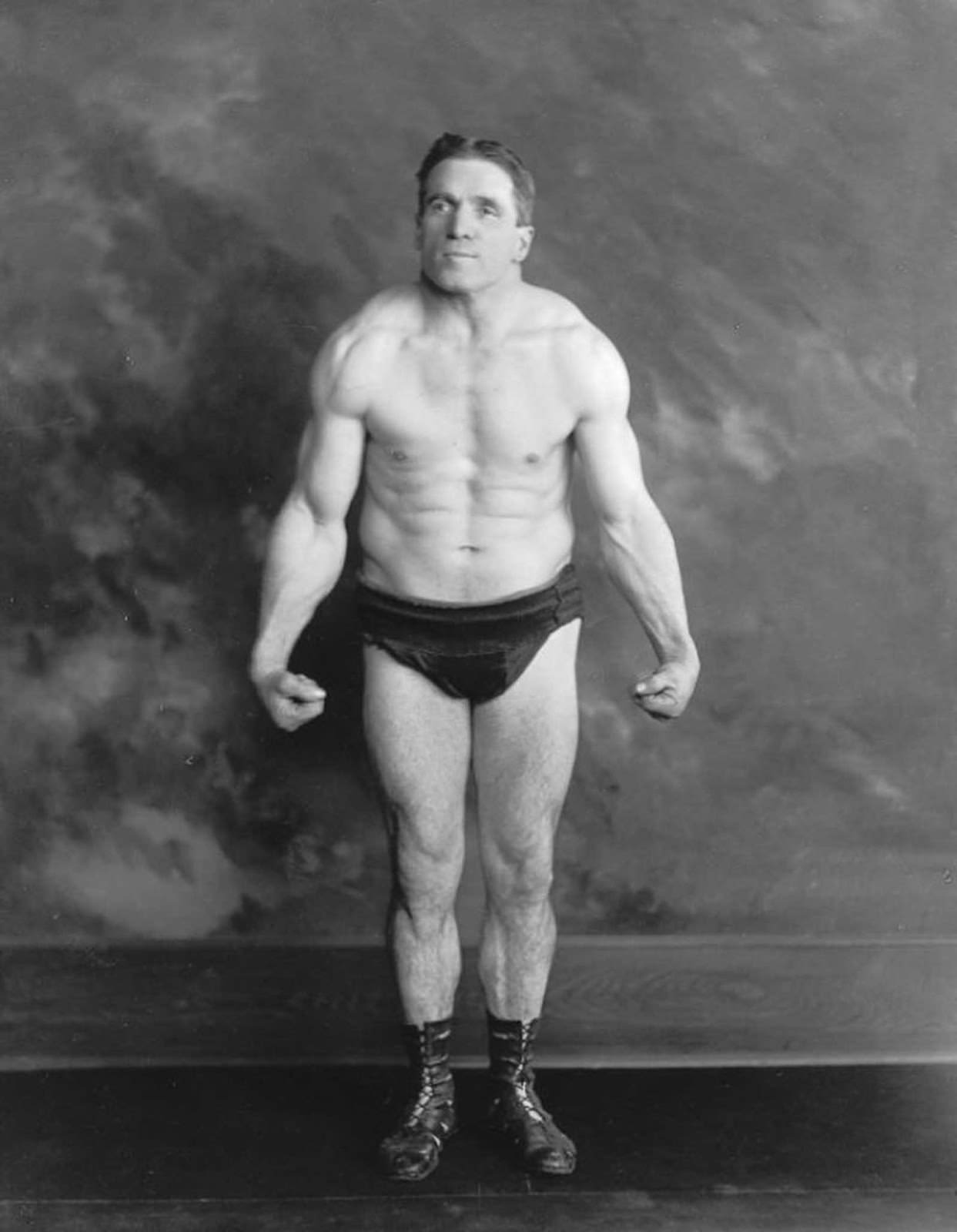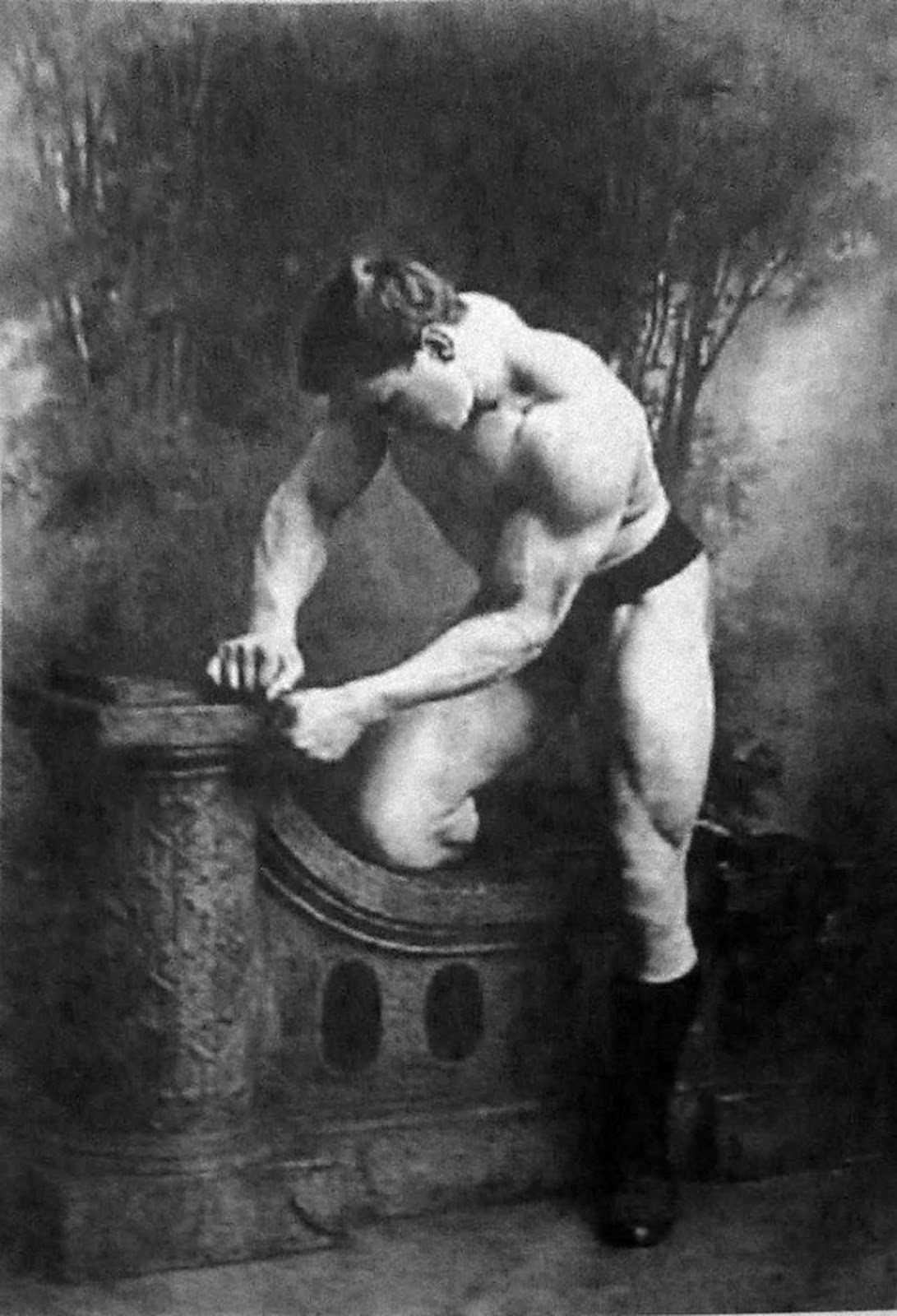The art of bodybuilding didn’t really exist until the early 1900s, but some people had huge muscles. The traditional strongmen lifted large boulders, performed impressive feats of strength, and used their incredible skills to entertain the audience. Stockholm’s Doctor Gustave Zander gave the concept of exercise and muscle training, machines and equipment in 1892; however, professional bodybuilding began at the turn of the 20th century.
After the Industrial Revolution, strongmen became a profession. There was growing concern about how sedentary lifestyles affected the nation’s men with the emergence of office work and factories. Instead of developing and polishing every muscle in their bodies, these bodybuilders lifted the heaviest weights they could. Most of them had fat stomachs and thick limbs in addition to their developed muscles. The “strongmen” were noted for their impressive shows of strength as well as their constant challenge to raise the weightlifting bar.
The father of modern bodybuilding
‘Eugen Sandow as known as the father of modern bodybuilding, challenge this notion. Sandow was not just known for his strength but also his finely sculpted body. He developed his physique so that his audience could also admire his fine musculature as he displayed what was then called “muscle display performances.” Sandow lifted heavyweights, but his shows (usually on a stage built by his manager Florenz Ziegfield) also featured “The Strongest Man in the World,” flexing his muscles and posing his muscular physique during weightlifting intervals.
The first large-scale bodybuilding competition was held at Madison Square Garden in New York City on January 16, 1904. Bernarr Macfadden, the publisher of bodybuilding magazines such as Health & Strength, promoted the competition. The contest winner was Al Treloar, who was declared the perfect man in the world.
Take a look at these stunning historical photos that show what the first professional bodybuilders looked like from the early 20th century.


